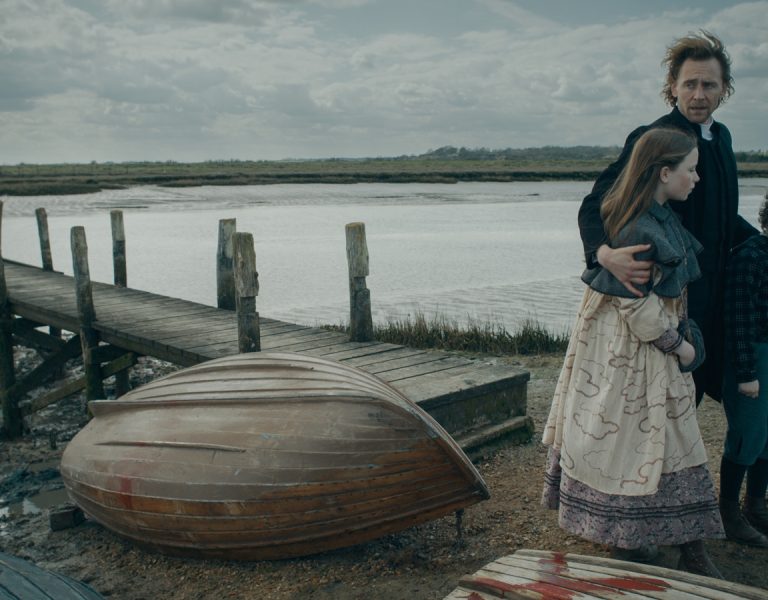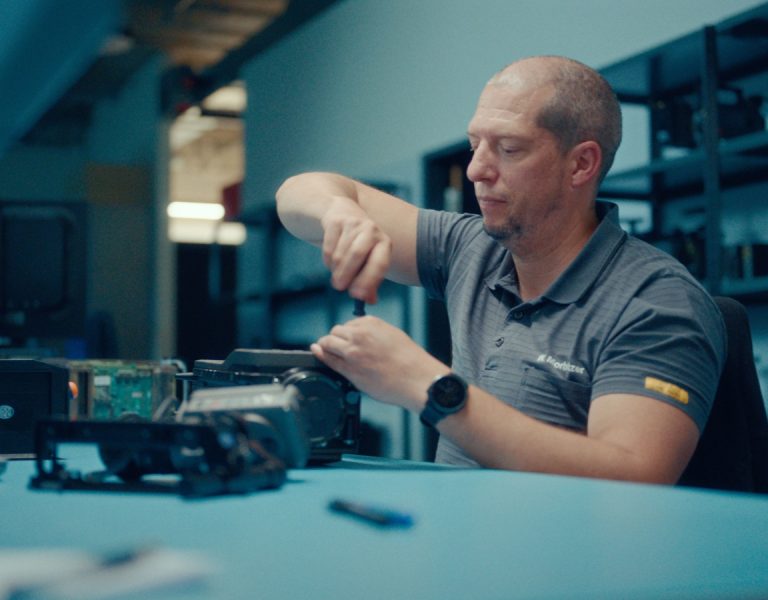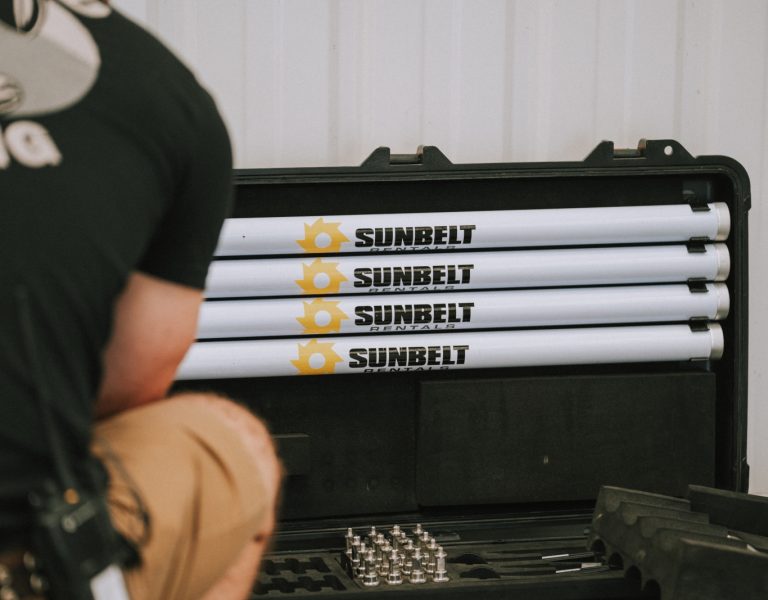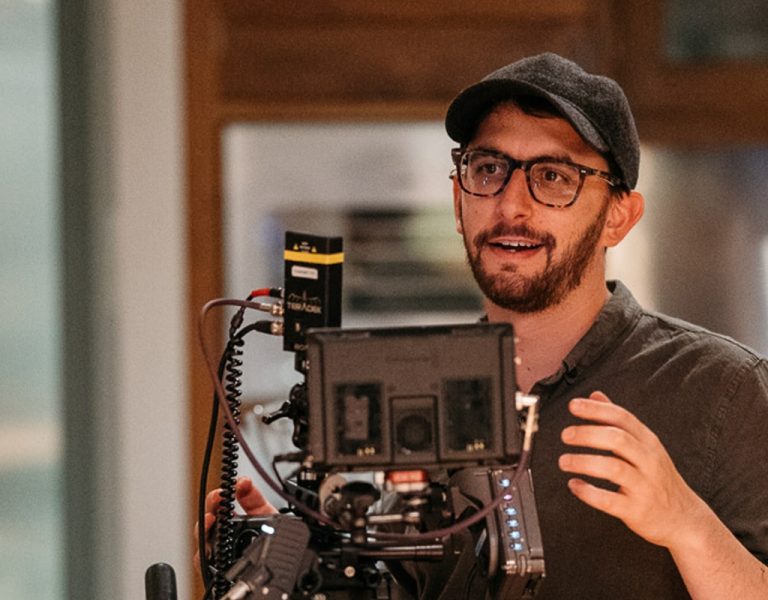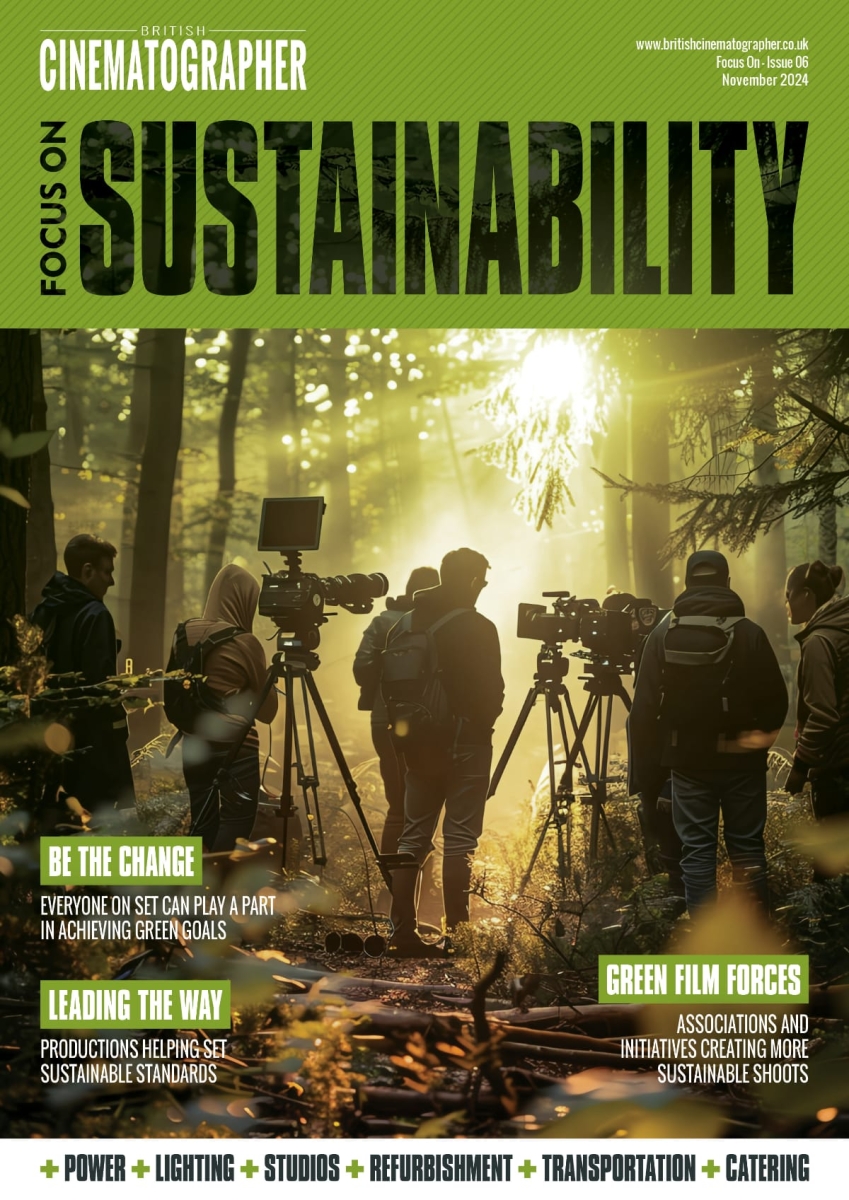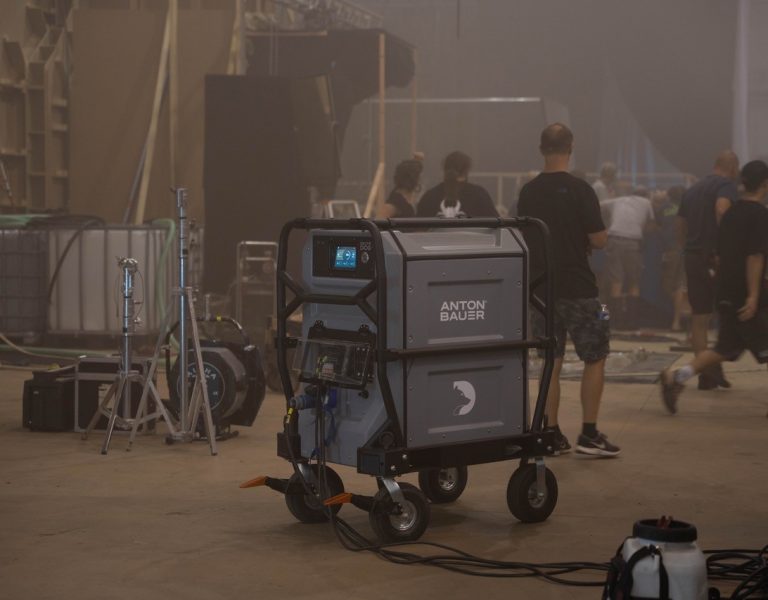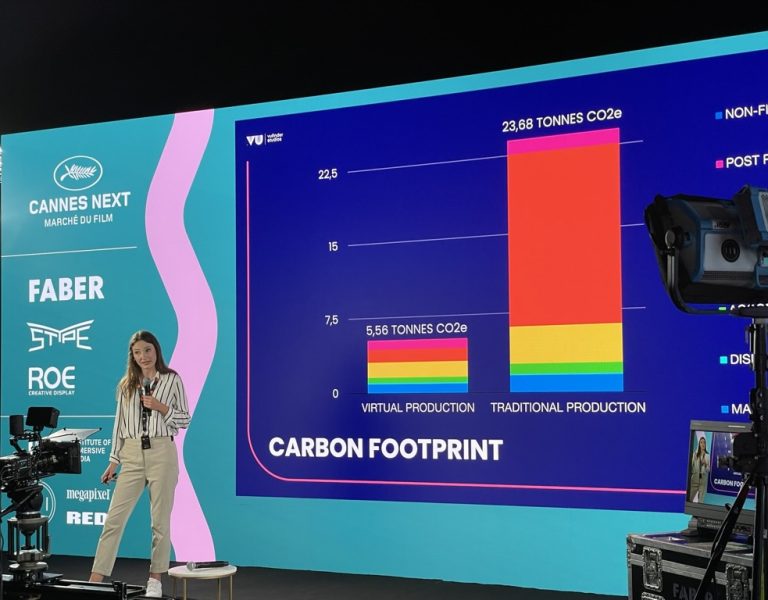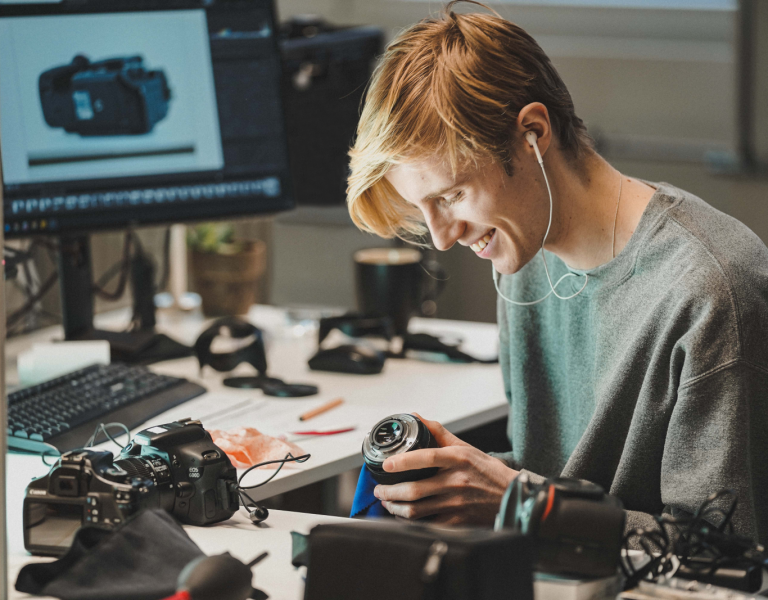Mobility and transportation are crucial in reducing a film production’s carbon footprint. This challenge intersects with various aspects of filmmaking, including screenwriting, financing, talent, and logistics.
The script of a feature film, TV movie, or series sets the course for the production, notably its scale, the type of locations, and the number of locations. The choice of location often depends on the financial benefits associated with it. A growing number of film commissions are trying to entice film productions to their region or country by offering tax incentives, bonuses, low-cost film crews, studios, and equipment rentals. But financial support is linked to a requirement that a certain part of the budget must be spent in that region or country. Therefore, the producers’ decision-making process for a location’s financial considerations has a huge impact, especially if a production is shot partly abroad or even on other continents.
Distant locations require that the cast and principal crew members travel by airplane, which leads to significant amounts of greenhouse gas emissions. A flight from London to Budapest for one person in economy class causes 151 kg of carbon dioxide emissions, according to the ICAO Carbon Emissions Calculator (ICEC). Twelve round trips would result in 3.6 tonnes of CO2. One tonne of CO2 is equivalent to 138 meat-based meals or 1,961 vegetarian meals. Airplanes emit not only carbon dioxide but also nitrogen oxides, soot particles, aerosols, and water vapor, all of which contribute to raising the average temperature of the atmosphere.
Domestic flights are considered particularly harmful to the climate because many more take-offs and landings are necessary compared to long-distance travel, which, in turn, consumes excessive amounts of jet fuel. For this reason, various film funding institutions, as well as producers’ associations, have developed different green guidelines that require domestic flights to be avoided if train travel is possible within a five-to-eight-hour time frame. However, time pressure and the tight schedules of busy actors make it more difficult to choose eco-friendly travel options. Pricing also becomes an issue because airfares are often much cheaper than train tickets, since kerosene is tax-exempt almost everywhere in the world.
“Our industry is difficult to change. The carbon emissions that we create depend on infrastructure. In our country’s case, roads predominate instead of trains or public transportation,” says Anna Valdez Hanks, co-founder of the climate industry initiative Cut It, which she launched in collaboration with cinematographer Sarah Cunningham in 2020. “Our sense of the importance of creating optimal work overrides decisions such as using locations that are near each other.”
The selection of nearby locations reduces carbon emissions as well as costs by cutting travel and transportation times. On the other hand, the financial requirements of regional film funds can sometimes increase costs and carbon emissions, as German producer Karsten Stöter indicated in the case of the Berlinale competition film Lore by Cate Shortland, which was supported by four regional film funds in Germany. “Every single penny was allocated to the regions. Key to the regional film funds was the number of shooting days, so we had 30 days here and six days there. Our production had to travel from the very east of Germany to the south, then to the middle and up to the north,” the producer points out. “We moved from one region to another on three different occasions. So, during the intervening days off, everyone went home to their families. We, therefore, had to add a lot of airline flights which had not even been budgeted. Eventually, when I did the final accounting, we spent 65,000 euros alone on gas, while I had originally calculated a total of 25,000 euros.”
Meanwhile, when Stöter produced the German-French co-production Three Days in Quiberon by Emily Atef, the film was mainly shot on one location. The cast and crew were given accommodations nearby, so they could walk to the set.
“When teams are on the road, it’s essential to thoroughly research and highlight the available infrastructure to support their efforts. This can be challenging as it represents a significant shift from the traditional way of operating and may encounter resistance,” says Louise Marie Smith, managing director of Neptune Sustainability. “We work closely with the production and transport teams to identify the project’s requirements as early as possible. However, with moving schedules, this isn’t always feasible, so being adaptable and having multiple solutions ready is essential.”
Eco-friendly mobility is not limited to shooting days because it starts with decision-making in pre-production. “As directors of photography, the single most important thing we can do to reduce emissions in our industry is to use local crews when we work abroad,” emphasises Valdez Hanks. “I understand that this makes some people feel uncomfortable because they would like to give their crew a chance to travel abroad and because they would have crew with whom they feel comfortable, but we need to make compromises at this stage in the climate crisis.”
The Cut It co-founder can spot lip service to being green when following green protocols but nonetheless flying crew around when it is not necessary. “Whilst we are recycling more, we are not reusing sets or taking decisions to reduce meat consumption,” concludes Valdez Hanks.
Driving change
Another way to reduce travel on a shoot is working with companies such as DrivingPlates which provides high quality 360° driving background production services and stock driving footage from around the globe. “The library almost by definition has an especially low carbon footprint, as all licensing is non-exclusive, several productions can make use of the same media – recycled streets!” says DrivingPlates CEO Shawn Lawler.
“Some iconic locations such as Tower Bridge or a nondescript motorway or suburb can be used by several productions without the need to re-shoot. We’ve done the travelling already so there is no need for productions to make the same trip. If the plates needed are not available in the library, we can go out and shoot anywhere in the world. We only send two or three people and the plates can be used at the production hub, be that in the UK or anywhere else.”
With a presence in the US, Canada, Japan, India and the UK, DrivingPlates can supply crews internationally to minimise travel. For example, the US team shot in Jamaica for a Channel 4 drama and the UK team regularly shoot UK and European locations for US productions and deliver back to the US for VFX or LED work, minimising flights. The company offers background plates to productions for green screen and LED use, most frequently for driving scenes but also for static backgrounds, trains, and boats.
For street backgrounds behind vehicle scenes there are two ways the company works, sometimes both on the same production. “The first is through our international library of 25,000 plate sets from around the world – the ideal way to add production value and make it look like you travelled to far flung destinations without actually needing to,” says Lawler. “The second is we send a crew out to shoot routes requested by a production when nothing in the library is specific enough. Typically joining a second unit on a closed road for action or period plates or an otherwise inaccessible location.”
One example of the company offering a production a sustainable approach was when they were asked to shoot in Russia in 2021 – a decision heavily influenced by Covid restrictions but the savings in carbon footprint were very valid. “This production was going to take a reduced UK unit to St Petersburg for several days, but when that became impossible DrivingPlates sent a two-person crew and equipment to shoot plates,” says Lawler. “With careful UK location choices and some clever VFX and LED volume work, an integral part of the story was achieved with minimal travel.”
–
Words: Birgit Heidsiek









